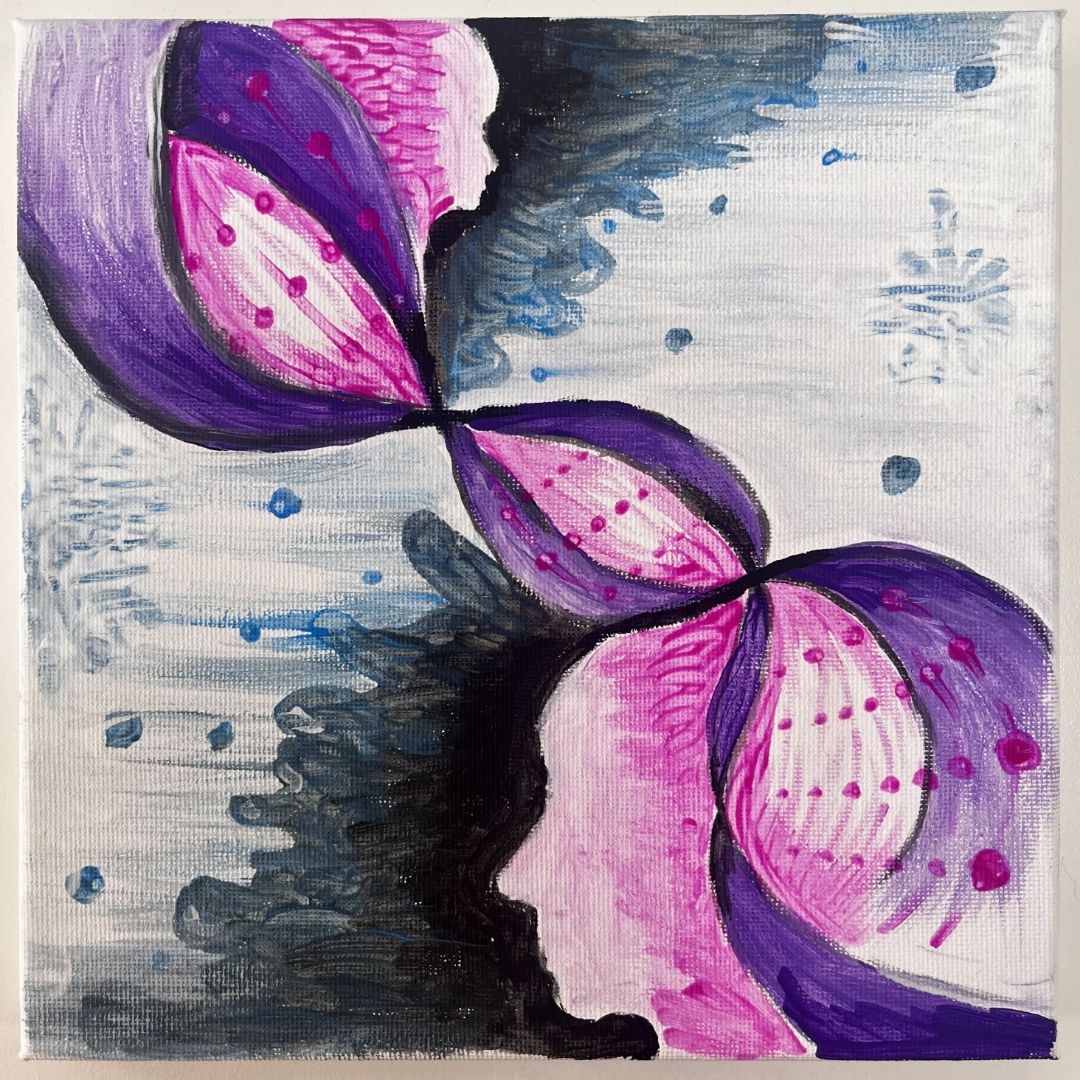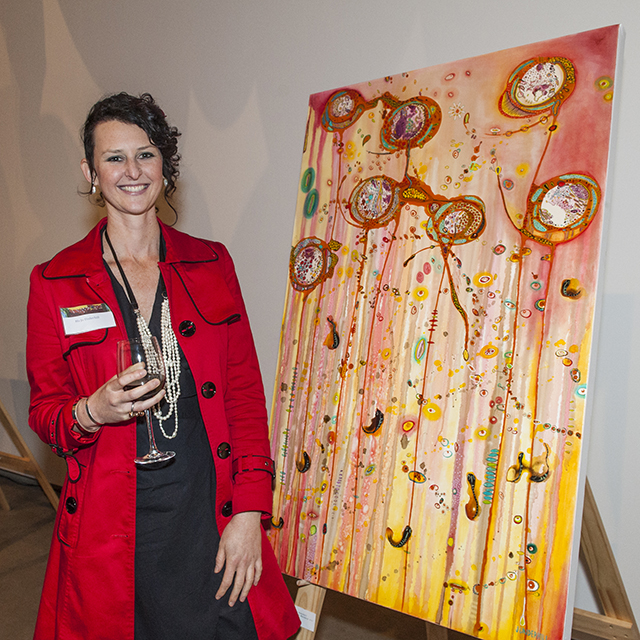This annual Award celebrates the intersection of art and science at IMB, encouraging our researchers to creatively share the stories of their research to inspire our colleagues, partners and supporters who make our work possible.

Vote in the People's Choice Award 2024
In November of each year, we invite our IMB staff to submit their works of art - creative interpretations of IMB's research. Judging takes place in December with one coveted category - the People's Choice Award - open to voting from the public.
Voting for the People's Choice Award has now closed. Thank you to everyone who particpated and voted!
Don't forget to subscribe to our monthly newsletter to stay in the know and follow us on social media.

In memory of Jo Underhill
Jo Underhill was an Artist-In-Residence at IMB. With an honors Degree in Fine Art from The Queensland College of Art, Griffith University, Jo combined her artistic experience and playful approach to life through her art.
In October 2006, Jo was diagnosed with Hodgkins lymphoma cancer. During her battle, she teamed up with researchers here at IMB to understand the molecular changes in her body that occurred during the disease.
"I'm a very visual person, so when I was first diagnosed with cancer, I was trying to imagine what my cells would look like as they changed in response to the disease," - Jo Underhill.
Over several months, Jo studied, sketched and brought her inspirations to life creating more than twenty original artworks. Jo battled with the disease for 8 years, until sadly in 2014 Jo’s cancer took her life.
This picture depicts individual cells within a very thin section of carrot tissue. Each colourful shape represents an individual cell, identified and segmented by an artificial intelligence neural network. Microscopy images of cells and tissues are complex, but machine learning techniques like these enable rapid and accurate analysis, uncovering subtle changes caused by disease or experimental stimuli.
This image depicts a 3D structure of an avian neural tube which yet to be folded. During embryonic development, the formation of human neural tube is like that of avians. Notably, neural tube defects (NTDs) are one of the common birth defects that usually develop in early pregnancy. By using quail embryo as an animal model, we are aiming to understand the mechanism of neural tube formation, which may eventually facilitate the NTDs treatment.
IMB has one of the world’s largest venom libraries containing compounds which have evolved over millions of years in the search for new pain relief and treatments for disease. This venomous centipede reflects this journey of discovery.
Representing Earth within a petri plate, prominently featuring cyanobacteria— a group of microscopic organisms that absorb carbon dioxide and release oxygen.
By studying how tardigrades (water bears) cope with harsh conditions, scientists can learn about cellular mechanisms and harness them to increase cell survival.
Using electronic waste-derived carbon for water purification.
This artwork pays homage to the myriad of small circular defence molecules (cyclotides) produced by the butterfly pea.
Inspired by van Gogh's 'Sunflowers', the colours are intended to evoke optimism and hopefulness, as reflecting the potential of 5-OP-RU (a compound shown to promote antibacterial protection, tissue repair and protect mice from cancer) as the basis of future medicines.
IMB researchers use molecules found in venom from deadly spiders to create treatments for heart attacks and strokes.
This is an immunofluorescence image of a macrophage by live cell imaging. The cell is expressing Tetraspanin GFP and we are investigating the role of these tetraspanins in the immune response in the hope of reducing inflammation.
One of the challenges of our research is to find ways to assist the entry of small helical peptides into cells.
It is a daunting environment, with membranes that do not let them pass, and proteases that, if they do, chop them up in pieces.
This still life is a celebration of the simple objects and basic chemistry that underpin all that comes from the laboratory.
The simple flask, bottle, and precarious round bottom vessel are magnificence hidden in the every-day of the lab bench.
Phycobiliproteins (PBPs) are unique pigments found in cyanobacteria that play an eminent role in photosynthesis serving as a light-harvesting antenna.
They are gaining immense attention as a potential drug for multiple cancer treatments.
Subscribe to our newsletter
Get the latest research straight to your inbox.
Stay up-to-date as we answer questions about hot topics, and share the latest news at IMB, Australia’s #1 research institute.
General enquiries
+61 7 3346 2222
imb@imb.uq.edu.au
Media enquiries
IMB fully supports UQ's Reconciliation Action Plan and is implementing actions within our institute.
Support us
Donate to research
100% of donations go to the cause

